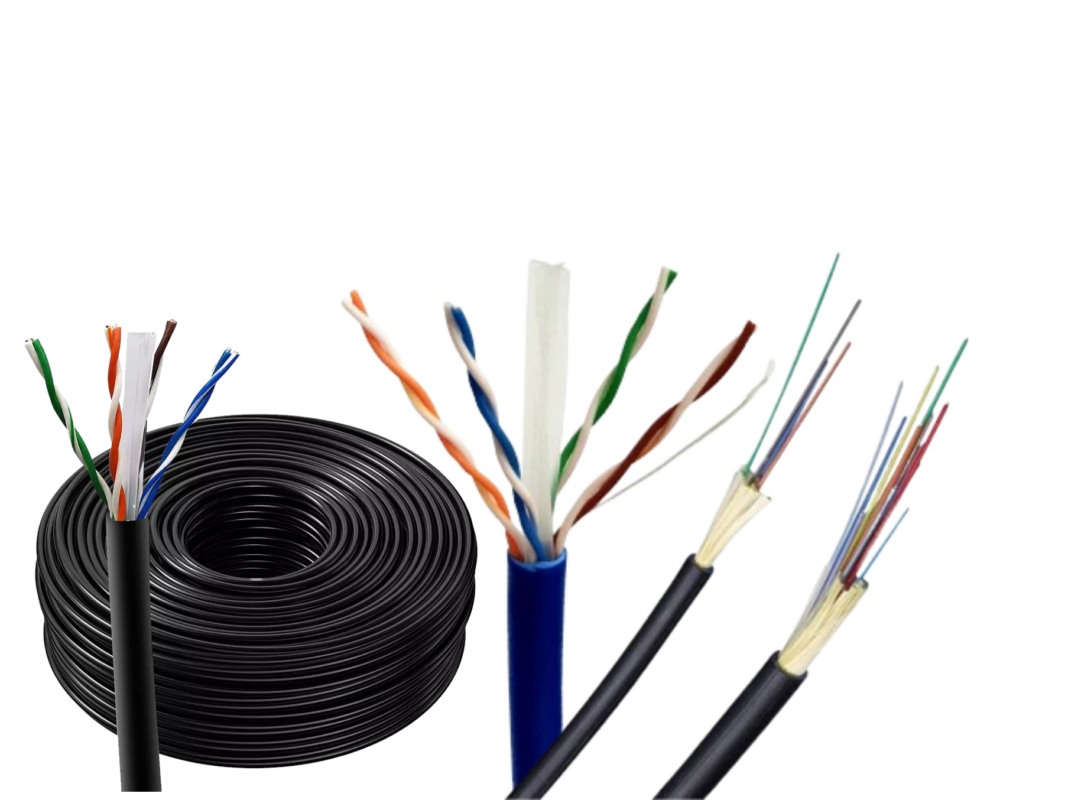Uncategorized
Navigating Network Connectivity: Ethernet Color Code 2024
Ethernet Color Code
In the world of networking, understanding the Ethernet color code is essential for ensuring seamless connectivity and proper cable termination. Whether you’re setting up a home network or managing a large-scale enterprise infrastructure, decoding the Ethernet color code is a fundamental skill that every network technician and enthusiast should possess. Join us as we dive into the intricacies of the Ethernet color code and unravel its significance in the world of networking.
The Foundation of Connectivity: At the heart of every Ethernet cable lies a meticulously organized set of wires, each designated a specific color according to a standardized coding scheme. This color code serves as the foundation of network connectivity, providing a uniform framework for wiring Ethernet cables across various environments and applications.
Cracking the Code: The Ethernet color code follows a consistent pattern, with each wire pair within the cable assigned a distinct combination of colors. By understanding this coding scheme, network technicians can quickly identify and terminate cables according to industry standards, ensuring compatibility and reliability in network connections.
Deciphering T568A and T568B Standards: Two primary wiring standards, known as T568A and T568B, dictate the arrangement of wires within Ethernet cables. While both standards are widely accepted, they differ slightly in their wire assignments for certain pairs. Understanding the nuances of these standards is crucial for maintaining consistency and compatibility in network installations.
The Importance of Proper Termination: Proper termination of Ethernet cables is paramount for ensuring optimal network performance and reliability. By adhering to the Ethernet color code during termination, network technicians can minimize the risk of signal interference and ensure that data flows smoothly between devices.
Troubleshooting with Confidence: In the event of connectivity issues, familiarity with the Ethernet color code can be a valuable asset for troubleshooting. By visually inspecting cable terminations and verifying that wires are correctly aligned according to the color code, technicians can quickly identify and rectify wiring-related issues, restoring network connectivity with ease.
Conclusion: The Ethernet color code serves as a cornerstone of network connectivity, providing a standardized framework for wiring Ethernet cables with precision and consistency. By mastering this color code, network technicians can ensure seamless connectivity, compatibility, and reliability in network installations of all scales. Whether you’re setting up a new network or troubleshooting an existing infrastructure, understanding the Ethernet color code empowers you to navigate the complexities of network connectivity with confidence and precision.


